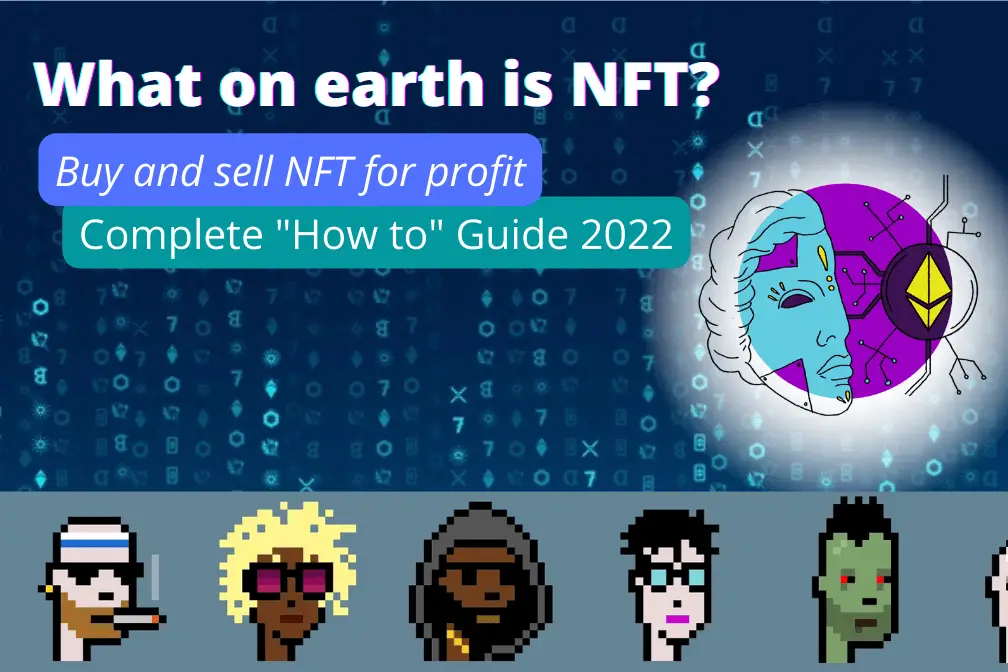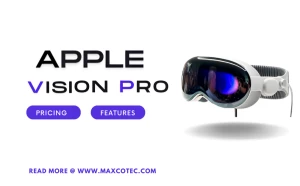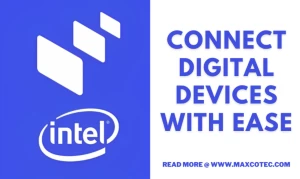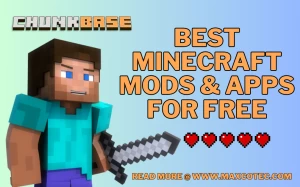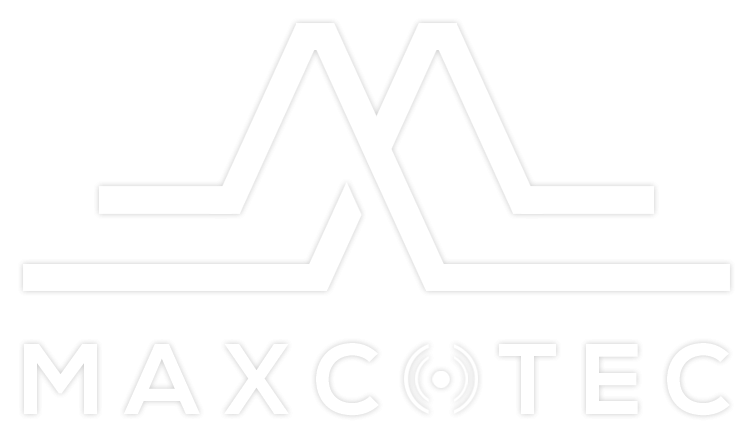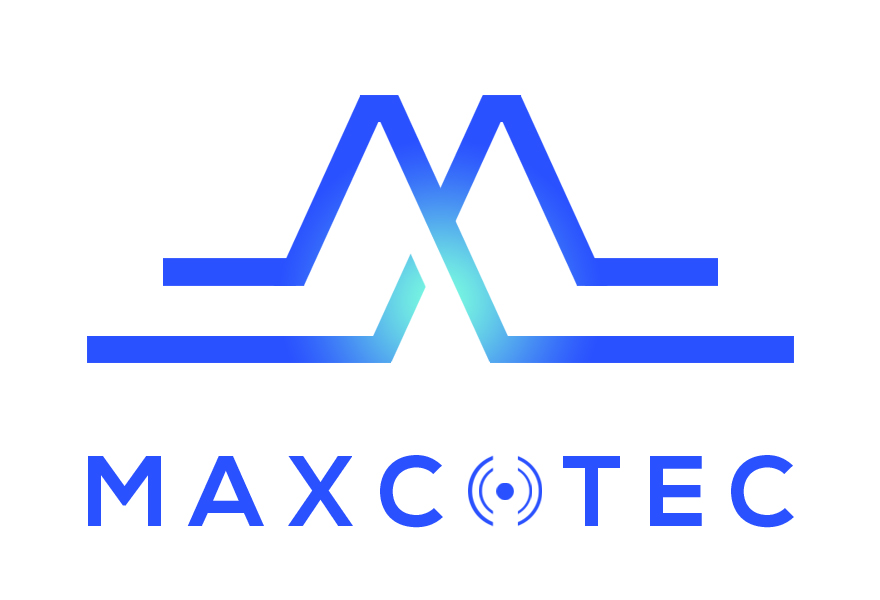Complete NFT Guide 2022 – Key takeaways;
- NFTs are non-replicable and unique digital tokens persisted on blockchain.
- NFT represent an ownership of a digital asset like artwork, music, collectable, domain etc.
- Tokenizing NFT assets allow them to be bought and sold with efficiency while reducing the chances of fraudulent cybercrime.
- The value of NFTs is largely determined by their uniqueness, rarity, and real-world utility.
- Relevant marketplaces and digital wallets are an important aspect of the buying and selling NFT assets.
- Knowing how to buy and sell NFTs for profit can be made easier by joining the right online NFT communities.
If you are someone who has been sleeping under a rock and doesn’t yet know what an NFT is, this complete NFT guide is going to be the perfect bedrock to fall on.
Similar to the Metaverse, NFTs exploded in popularity in 2021 with many celebrities and major organizations backing this unconventional market space.
Chances are, you tried your best to ignore the subject of NFTs in a conversation, but thanks to its immense popularity, you just couldn’t run away from it anymore, and here you are now, wanting to keep up with what it really is.
With this beginner’s guide, you will know exactly what NFTs really are and all the hype surrounding this innovative concept.
Let’s begin!
What are NFTs?
NFTs are smart contracts or digital tokens that prove the authenticity and ownership of a unique item. That item could be digital artwork, music, or rare collectibles.
NFT stands for non-fungible token. But what does it mean to be non-fungible?
The word “fungible” means something “interchangeable” or “indistinguishable.” And so, “non-fungible” simply stands for an asset that is unique and cannot be replaced.
For instance, a $1 bill is a fungible item. You can trade your $1 bill with someone else’s and you’d still have the same thing.
On the other hand, an NFT cannot be traded one-to-one.
A good example is that of the legendary Mona Lisa painting. We know that the Louvre houses the original Mona Lisa artwork. You can take a picture of that painting with your smartphone. But that wouldn’t mean that you can claim provenance over the painting. The original would still be in the Louvre.
In fact, the more people try to copy the Mona Lisa and create its duplicates, the more value the painting will gain, both culturally and monetarily.
Similarly, your car is non-fungible. Though there may be many cars with the same model as the one you have, yours would be distinct due to its, let’s say, unique customized interior and/or exterior. This would make the value of your car different than that of another car with a different characteristic.
In order to understand how NFT works, a fundamental understanding of blockchain technology and how it works is required.
Let’s have a look.
So, How Does Blockchain Fit into This?
A blockchain is is what makes NFTs possible. It is most widely known for its usage in relation to cryptocurrencies.
A blockchain is a decentralized database for storing information. That means the information is stored among computer nodes distributed around the globe. The first word “block” from the term represents single partition of database that stores multiple records of information e.g. a transactional record and smart contracts etc. Once a block reaches its maximum space limit, a new block is created, and similarly a digital ledger chain keeps on expanding with multiple blocks called “blockchain”. The important thing to note here is that, two blocks in a ledger are cryptographically chained with each other in such a way, that information in each block cannot be amended nor deleted.
The entire ledger chain is also replicated across multiple computer nodes in a network. Every time a new transaction is made on the blockchain network, a record is added to every participating computer’s ledger.
This means that if an intruder or hacker were to try and change the information in one block of the chain, they would have to change every block across all the distributed nodes.
This is extremely hard to do as interference in one block would immediately alert the participants and the hacker would be stopped. Not to mention the amount of effort and complexity involved.
Cryptocurrencies are entirely working on blockchain technology. and most of the crypto currency blockchain’s are open to public. Have a look at Etherscan to explore Ethereum blockchain.
That means there is no central authority that has control over the information exchanged in a blockchain database.
How Do NFTs Work?
NFTs are a part of the Ethereum cryptocurrency’s blockchain.
When someone makes an NFT, it creates a smart contract that is stored on the Ethereum blockchain. This contract specifies who the current owner of a digital asset is through their unique ID.
Then, when you buy that NFT, that unique ID changes to yours to reflect who the new owner is. Thus, you now have public ownership of that digital asset through the blockchain that cannot be deleted, duplicated, or messed with in any way.
In other words, the blockchain acknowledges the transaction and adds this new information in next available block accordingly.
What are NFTs Used for and Why Do They Even Exist?
An NFT can theoretically mean pretty much any intellectual property. Most notably, NFTs have shown great potential in the world of Web3 – the next generation of the web with blockchain at its core.
NFTs essentially store information about the owner of an asset. If you produced a piece of artwork, you would be its official owner on the NFT blockchain.
This means that artists would not need to rely on a third party to sell their artwork, thereby, saving commission costs. Instead, they would be able to interact with the buyer directly and make the subsequent sales.
The same principle holds true for other types of NFT sellers. The author of an e-book, for example, traditionally has to rely on a publisher to reach potential buyers. This type of a transaction involves a big chunk of the sales revenue going into the publisher’s pockets with the author getting commission-based payments with every successful sale.
This would not happen on the NFTs as the need for a publisher would essentially be bypassed. With NFT, the author would get a digital certificate of ownership of their e-book. They could then simply place it for sale on an NFT marketplace and sell it directly to buyers, all of which allows them to keep the entire profit.
Artwork and Music
NFTs have given artists a market to sell work that there otherwise wouldn’t be much of a market for. This is the reason why some of the most popular NFTs exist in the form of visual art, such as images and videos.
An example is that of a short music video produced by Elon Musk’s partner, Grimes, that sold on the NFT marketplace for $389,000.
Another famous example is that of a Beeple NFT artwork that sold for $69.3 million at Christie’s.
Collectible Items
Collecting is a childhood hobby for some people and for others, a lifelong pursuit. People who like accumulating unique items pertaining to their hobby are called collectors.
Many collectors are avid hobbyists who are willing to pay incredible prices for such items that hold special value for them, such as vintage artwork, historic artefact, trading cards, stamps and much more.
The NFT technology has also opened new doors for non-collectors, allowing them to buy and sell these unique items to collectors for profit.
Sports leagues such as the NFL and NBA have released NFT-based digital versions of their trading cards and player memorabilia. This has offered fans a whole new way to interact with their favorite sports.
Video Game Items
Video game items, such as outfits and weapons, have also found a market online in the form of NFTs. Many of these items are bought and sold online in in-game marketplaces.
NFTs could change the way such items are traded among gamers as they would not be so dependent on the central authority of the video game maker.
Memes
In case you thought NFTs couldn’t get any more interesting, you can buy and sell memes on this marketplace. Some of the most popular memes sold have been Nyan Cat and Bad Luck Brian, netting $600,000 and $36,134, respectively.
However, the most valuable meme to date was sold for a whopping $4 million. It was the Doge meme.
Domain Names
It may seem unusual but domain names are very much a part of the NFT marketplace. Unstoppable Domains, is a famous platform that allows you to do this. Unlike traditional domain names, a blockchain-based domain stays yours forever with no middleman (host) involved. Because of which, there is only a one-time cost with no renewal fee. Most people are buying their business name domain names for web3 world ahead, while others are buying to sell it on the online marketplace.
What Gives NFTs Value?
The value of an NFT is subjective. Whatever you are willing to pay for it is largely the value it will have.
If you buy an NFT, you are betting that someone out there will eventually be willing to buy it from you for more than what you paid for it.
However, there are other factors to consider as well. Usually, one or more of the following elements play heavily into determining how expensive an asset would be:
- Scarcity. Is the item extremely rare, limited, or created by a famous celebrity?
- Utility: Does the asset have real-world use?
- Uniqueness: Is the product unique?
Sometimes an item also gets highly valued, if it’s close to a collector’s interest.
How Do You Buy an NFT?
Knowing how to buy and sell NFTs for profit is something that every NFT enthusiast should be aware of.
In this complete NFT guide, we will cover the following:
- Where do I buy it?
- What do I buy it?
- How do I pay for it?
- How do I store it securely?
Where Do I Buy It?
Some of the most well-known NFT platforms are:
- OpenSea – World’s first and largest NFT marketplace.
- Rarible – The most “free” marketplace, in the sense that anyone can create an NFT easily and sell it.
- NiftyGateway – A fast-growing NFT market and one of the only few platforms that accept direct fiat currency payments.
- Makersplace – An invite-only NFT platform that accepts both fiat and Ethereum (ETH) currency. Most notably partnered with Christie’s auction house to sell Beeple’s digital piece.
What Do I Buy?
Online marketplaces allow users to search for an NFT item based on their choice of creator, art, price, and so on. You can sort NFT items based on most-viewed, in order to get an idea on which items are mostly seen by people. Also worth looking for similar items of those sold previously. For example, have a look at CryptoPunks and Bored Ape Yacht Club.
How Do I Pay for It?
Before you make a payment, you need to create a digital wallet. Place enough cryptocurrency in your digital wallet to pay the full price of the item you want to buy. Once bought, these NFT assets will then be stored in your wallet.
The platform you use to buy the NFT would set the currency you can pay with. As mentioned earlier in this NFT guide, some platforms do accept USD or credit card payments in addition to cryptocurrencies.
Some famous crypto wallets that allow you to buy and store NFTs include:
How Do I Store It Securely?
Since your digital currency and NFTs are stored on a digital wallet, you want to ensure that the wallet is protected securely.
When creating a crypto wallet, you are provided with a private key. This private key is your digital signature and acts as the door to your crypto assets, including NFTs.
Care should be practiced in storing your private key as it is your only gateway to accessing your NFT assets and cryptocurrencies. It solely belongs to you and should never be misplaced or shared with anyone at all costs.
Ideally, you should create a backup copy of your private key and store it somewhere safe for added security. Follow coinbase FAQ’s on how to manage and secure coinbase wallet.
How Do You Create and Sell an NFT?
Many artists have sold their NFT artworks at staggering profits. The most expensive purchase is still that of Beeple’s Everydays – The First 5000 Days. His NFT works are still fetching incredible prices with the latest one going for $29 million last November.
Other expensive NFT purchases include that of the most expensive CryptoKitty Dragon valued at 600 ETH or $1.3 million and CryptoPunk 7523 for $11.75 million.
Additionally, you will find more than a dozen artworks going for upwards of $1 million with many more selling for hundreds of thousands.
With that said, if you want to get in on the action, this complete NFT guide tells you how to do so. Here is how you can too create and sell an NFT:
- Choose an NFT platform, such as OpenSea or Rarible, on which to create and sell your NFT.
- Buy some cryptocurrency. The most popular choice is Ether (ETH).
- Create a digital wallet, such as MetaMask, to pay for your NFT.
- Add some crypto money to your wallet.
- Connect your wallet to the NFT marketplace platform.
- Upload the file you want to turn into an NFT.
- Set up an auction for your NFT.
- Pay the listing fee for your NFT.
How Do You Know Which NFTs are Worth Your Investment?
As a beginner, the NFT space can be a bit scary to navigate. Finding NFTs that you can buy and sell for a profit starts with knowing whether that item is even worth your investment, to begin with.
There are a lot of things to consider and many places that you can look at. Platforms, such as Twitter and Discord, are some of the best places to know about upcoming projects. They have wide variety of NFT communities that can help you in figuring out the most lucrative NFT investment.
In addition, you can make use of tools like RyzeNFT, Rarity Tool, and Dune Analytics to find the best investment opportunities. These tools have features that include tracking the rarity and floor prices of NFTs, detecting drops, and much more.
In addition, be on the lookout for an NFT asset that has considerable popularity, a dedicated team backing it, and its price movements in recent days or weeks.
But most importantly, invest in an NFT that you can afford.
The Bottom Line
With new projects popping up by the minute, it would be safe to assume that NFTs are here to stay. This innovative marketplace is only just witnessing its beginning with a lot still left to discover.
With this article, we have aimed to provide you with a complete NFT guide for 2022. Using this, you can successfully navigate NFT marketplaces and even buy and sell your own NFT assets.
It may take us some time to make the mental jump to the big new world of NFT. However, it seems like it is only a matter of time before digital content takes on the value of a physical one.
We will have to wait and find out.

